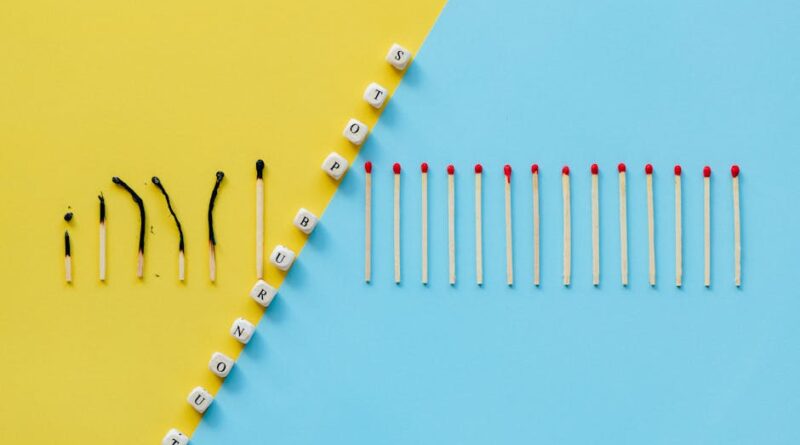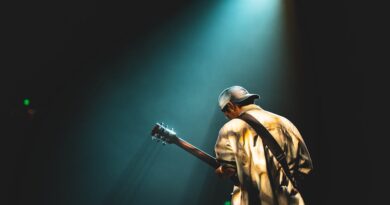The Importance of Experimentation in Art
Have you ever thought about how much playtime shapes art? Experimentation is the heart of creativity. Artists, whether painters, musicians, or writers, often find their best ideas through trial and error. This article explores why trying new things is crucial in art and how it can transform your creative process.
Why Experimentation Matters
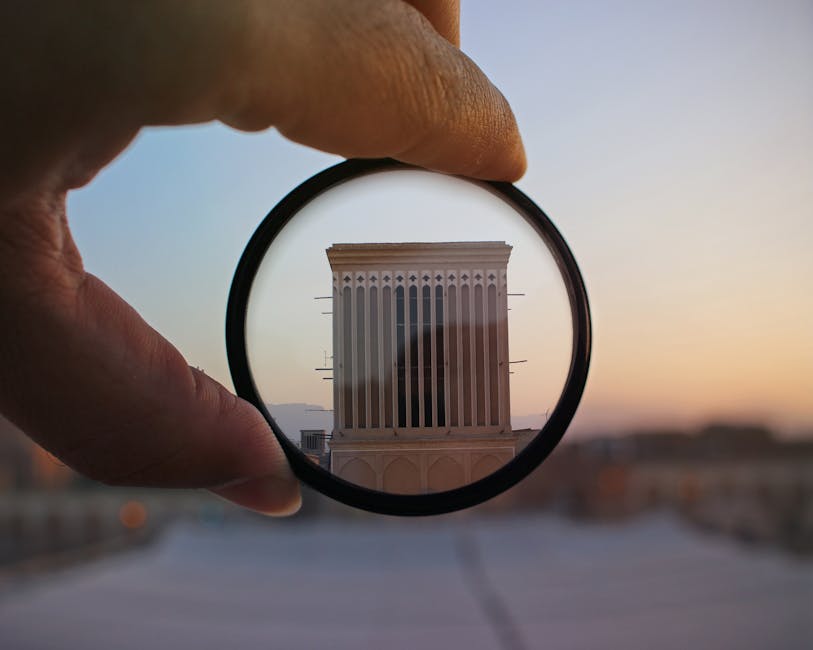
Experimentation opens the door to new possibilities. When artists try something different, they discover unique styles and techniques. This can lead to breakthroughs that change their art forever.
Research shows that creative thinking improves through exploration. A study by Stanford University found that experimenting fosters innovation. When artists step outside their comfort zones, they unlock their full potential.
How Does Experimentation Work in Art?

At it’s core, experimentation in art means trying new materials, techniques, or ideas. This can involve:
- Using unexpected colors together
- Mixing different mediums, like paint and collage
- Creating in unusual spaces, such as outdoors
- Changing your routine to spark new ideas
Each choice can lead to exciting outcomes. For example, a painter might mix acrylics with watercolors. This mix creates unique textures and effects that wouldn’t come from using just one medium.
What Are Some Real-Life Examples?
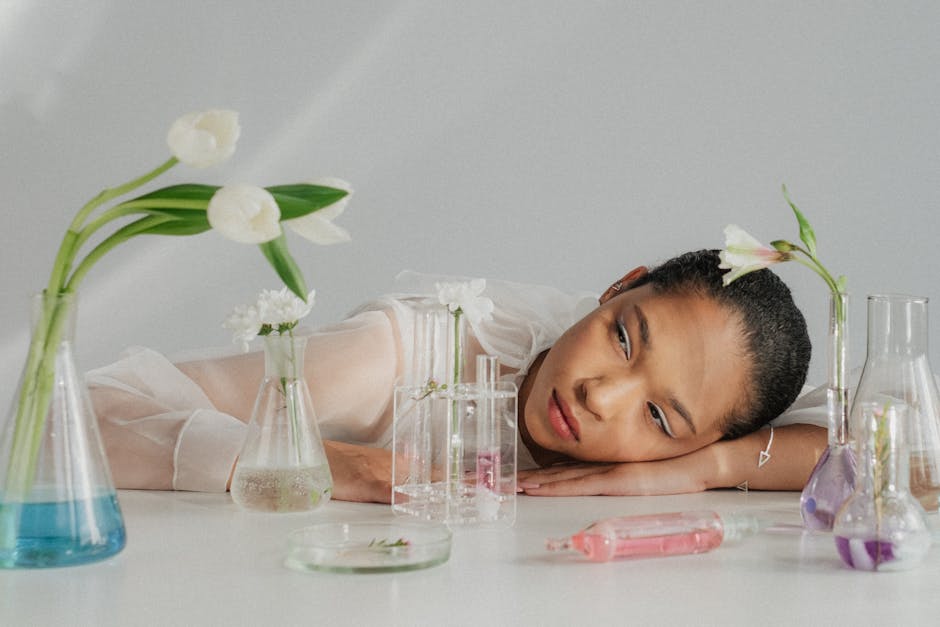
Many famous artists embraced experimentation. Pablo Picasso revolutionized art with his cubist style. He broke away from traditional forms, leading to new ways of seeing the world.
Musicians like Prince often explored different genres. His ability to blend rock, funk, and pop created a sound that was uniquely his. This experimentation made him a legend in the music world.
Can Experimentation Enhance Your Skills?
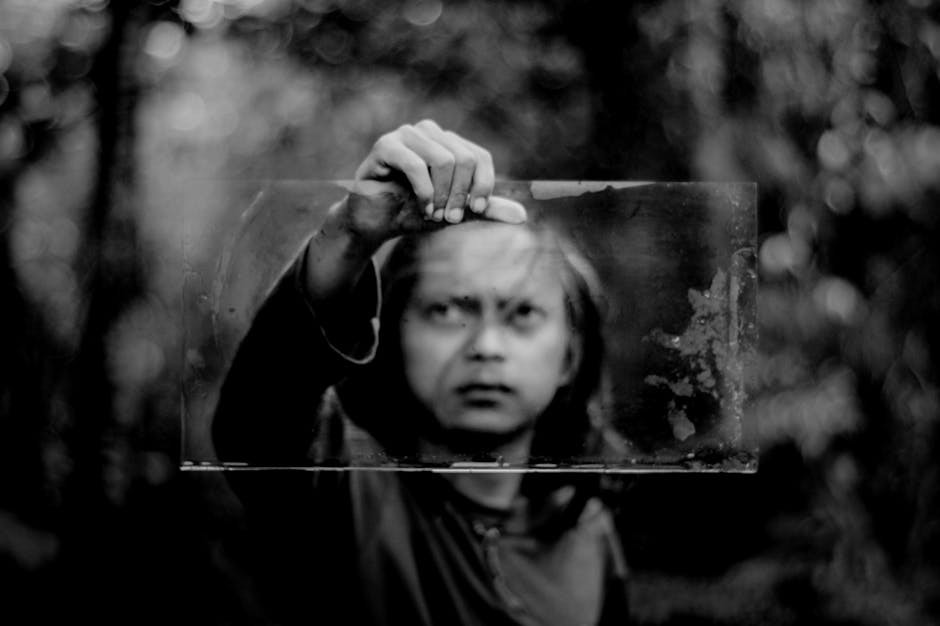
Absolutely! When you experiment, you refine your skills. Trying different techniques helps you learn what works and what doesnt. It builds confidence too.
Here are a few ways to get started:
- Set aside time each week to play with new materials.
- Join a workshop focused on a different medium.
- Collaborate with other artists for fresh ideas.
- Keep a journal of your artistic experiments.
What Are Common Misconceptions About Experimentation?
Some people believe that experimentation leads to failure. But in art, failure is just a stepping stone to success. Every mistake can teach you something valuable.
Another misconception is that you need to have a clear plan. While planning has it’s place, sometimes the best ideas come from spontaneity. Allowing yourself to be free can lead to unexpected and delightful results.
How Can You Overcome Fear of Experimentation?
Fear can hold back many aspiring artists. Here are tips to overcome that fear:
- Start small. Experiment with a new color scheme on a small canvas.
- Remember that not every piece needs to be a masterpiece. It’s about the process.
- Share your work with trusted friends for feedback.
- Celebrate your failures as part of the journey.
Is Experimentation Just for Professionals?
No! Experimentation is for everyone. Whether you’re a beginner or a seasoned artist, trying new things can spark creativity. Art is a journey, and every artist can benefit from exploring.
Even children understand the joy of experimentation. Think of finger painting or building with blocks. They learn through play, and adults can adopt that same mindset.
How to Make Experimentation a Habit in Your Art
To truly benefit from experimentation, make it a regular part of your routine:
- Dedicate specific days for free art-making.
- Join online art challenges that encourage new techniques.
- Follow artists on social media who inspire you to try different styles.
Creating a habit of experimentation keeps your art fresh and exciting. It also helps you grow as an artist.
What Are Some Good Resources for Artists?
There are many resources available to help artists experiment:
- Books like “The Artist’s Way” by Julia Cameron encourage creativity.
- Online courses on platforms like Skillshare and Udemy offer new techniques.
- Art blogs and YouTube channels provide tutorials and inspiration.
Exploring these resources can help you expand your artistic toolkit.
How to Reflect on Your Experiments
Reflection is key to understanding what you learned from your experiments. Keep a sketchbook or journal to document your process. Write down:
- What you tried
- What worked well
- What didnt
- Your feelings about the outcome
This practice can clarify your artistic voice and guide future projects.
Conclusion: Embrace the Journey of Experimentation
Experimentation is essential in art. It helps you grow, discover new ideas, and express yourself. don’t fear making mistakes; they often lead to your best work.
So, grab your paints, your camera, or your guitar. Try something new today. You might just surprise yourself with what you create!
Ready to dive deeper? Check out our related post on finding your unique artistic style for more tips.
For more insights on creativity, you can visit Creativity at Work.
